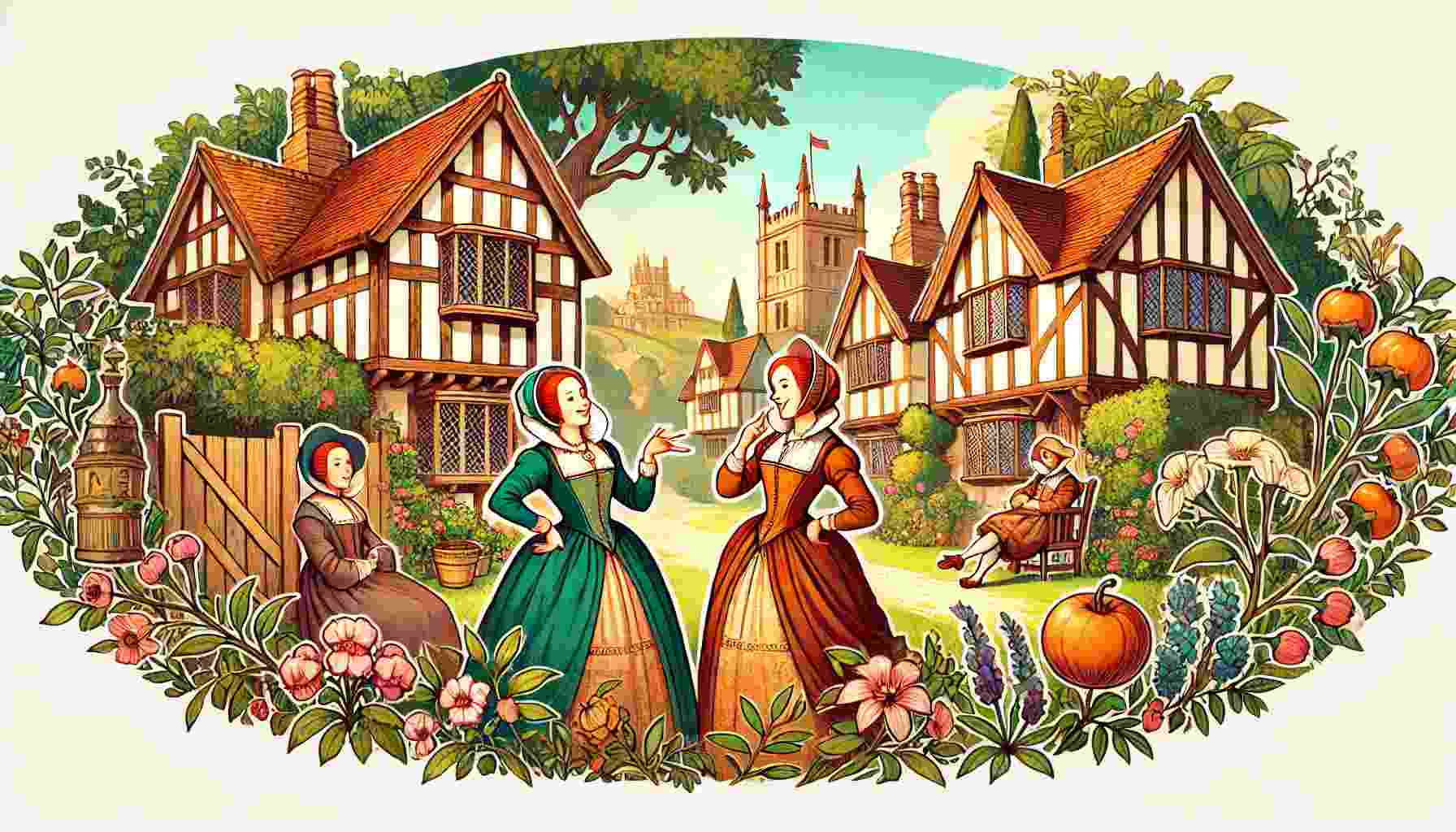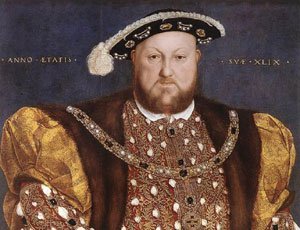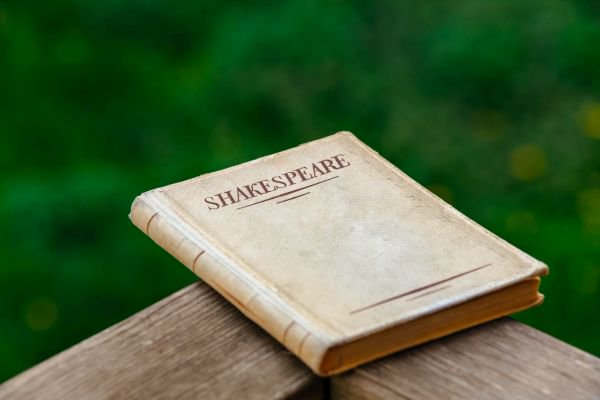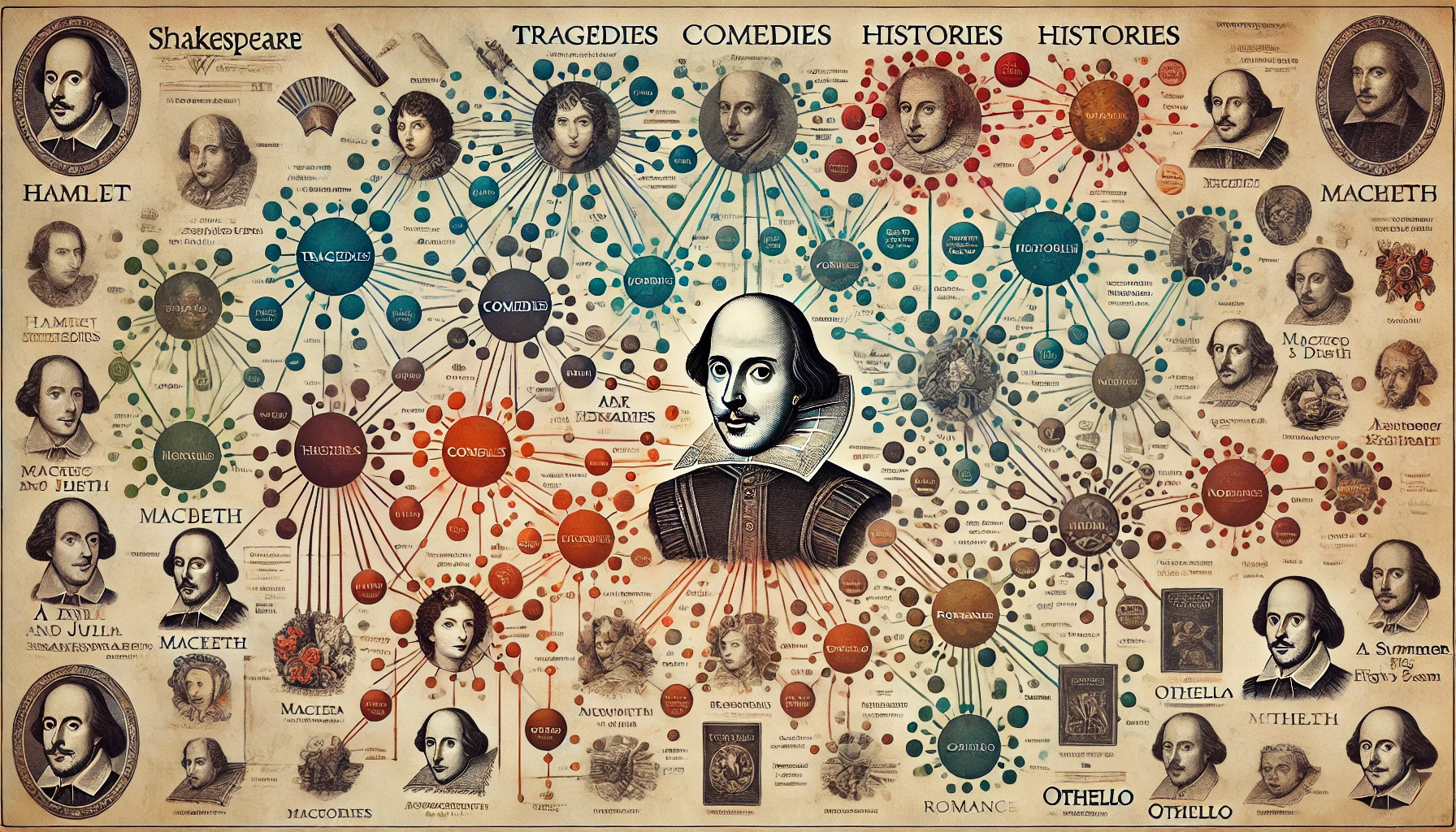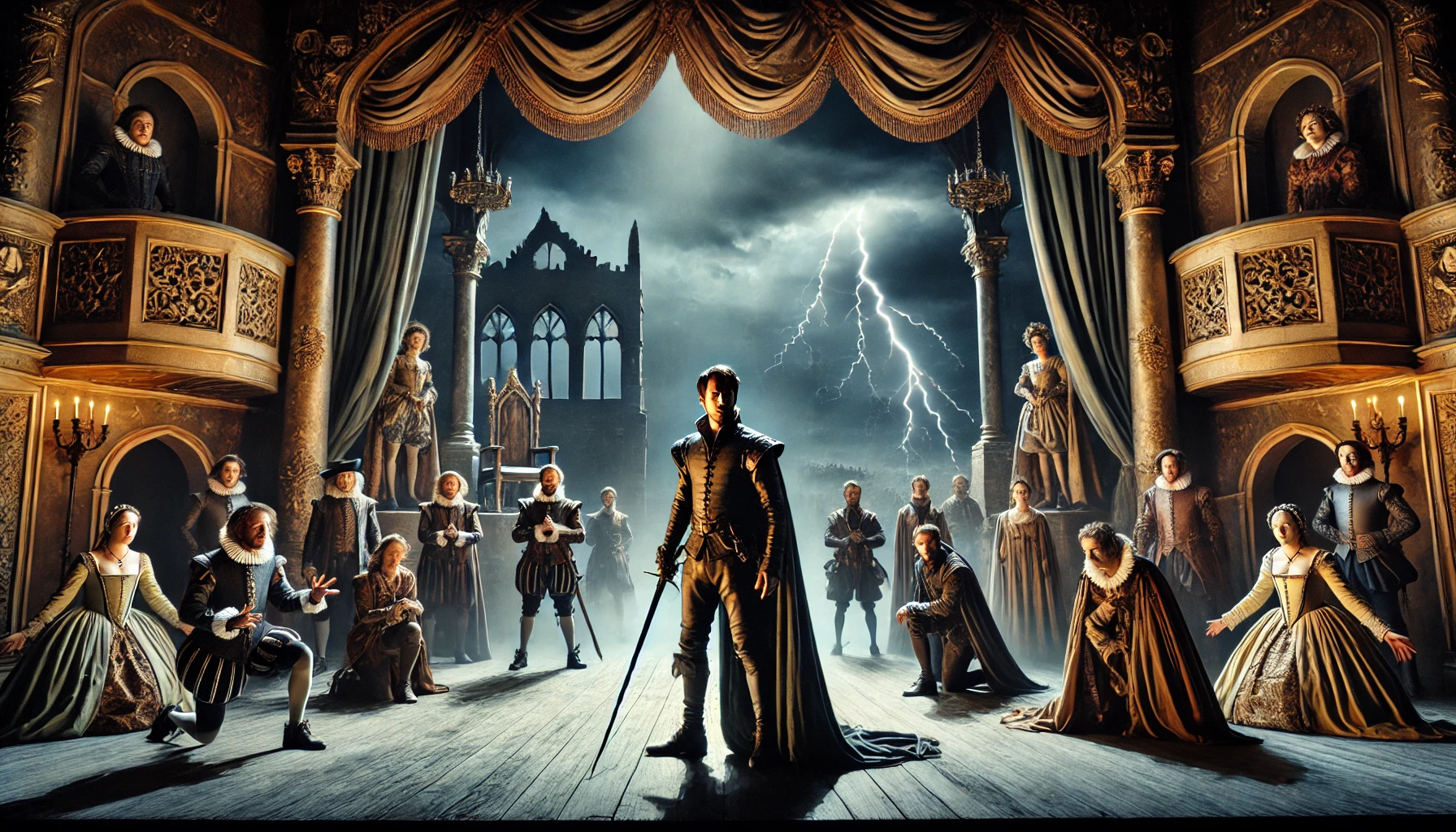Life and main works
Born in London in 1608, he learnt Latin, Greek and Italian. While at university he wrote The Nativity Ode (1629), a religious poem anticipating his future use of poetic forms and imagery. During the period 1632-1637 he published the poems L’ Allegro and Il Pensieroso (1632); the masque Comus ( published anonymously in 1637 and later in the Poems of 1645), celebrating chastity as the only source of human joy and freedom; the pastoral elegy Lycidas (1637) and a number of sonnets. In 1637 Milton began a European tour and he visited Galileo in Fiesole, near Florence. When back in England, his sympathies were with Cromwell, whose policy he supported in his writings till the end, and with the army section of the Parliament for its greater religious tolerance, rather than with the austere Presbyterians, who insisted on the doctrine of predestination and its consequent limitation of personal freedom. In 1642 he married the daughter of a Royalist, Mary Powell, who found the puritan austerity and intellectual stature ofher husband too much for her and she promptly returned home. This bitter personal experience caused Milton to justify divorce in a series of pamphlets, like Docrtine and Discipline of Divorce. The years 1642-43 marked the end of what might be called Milton’s first period, spent during the reign of Charles I.
Milton’s second period (1644-1660) was the one of public office and prose propaganda, such as the pamphlets Aeropagitica about the freedom of the press and Of Education, in which he advocated schooling in all fields of knowledge, Eikonoklastes, where he tried to explain the execution of the king. All these writings are characterized by a Ciceronian style, since the periods are long and
reflect Latin syntax. In 1649 he was made Latin Secretary to the Council of State. By 1652 Milton had lost his sight completely and he turned his mind back to poetry, though he continued to write anti-monarchial pamphlets until 1660, the year of Restoration.
Milton’s third period (1660-1674) was that of personal defeat and disillusion. At the Restoration of the monarchy he escaped the most serious consequences of his political allegiance and after a brief time of imprisonment, was released. His three long poems were written during these years: Paradise Lost (1667), his masterpiece, Paradise Regained (1671), a much less grandiose poem on Satan’s temptation of Christ and Samson Agonistes (1671), a tragedy in verse on the final days of the biblical Samson, his moral recovery and self-sacrifice.
He died in London in 1674.
TRADUZIONE
Vita e opere principali
Nato a Londra nel 1608, egli studiò Latino, Greco ed Italiano. Mentre era all’università scrisse Ode alla Natività (1629), un poema religioso che anticipava il suo futuro utilizzo delle forme e dell’immaginario poetico. Durante il periodo 1632-1637 pubblicò i poemi L’Allegro ed Il Pensieroso (1632); la maschera Comus ( pubblicata in forma anonima nel 1637 e più tardi nel Poemi del 1645), che celebrava la castità come unica fonte di gioia umana e libertà; l’elegia pastorale Lycidas (1637) ed un certo numero di sonetti. Nel 1637 Milton iniziò un giro dell’Europa e visitò Galileo a Fiesole, vicino Firenze. Quando tornò in Inghilterra le sue simpatie andarono a Cromwell, la cui politica egli supportò fino alla fine nei suoi scritti, ed alla sezione armata del Parlamento per la sua grande tolleranza religiosa, piuttosto che agli austeri Presbiteriani, che insistevano sulla dottrina della predestinazione e la sua conseguente limitazione della libertà personale. Nel 1642 si sposò con la figlia di un monarchico, Mary Powell, la quale trovò che l’austerità Puritana e la statura intellettuale di suo marito fossero troppo per lei e prontamente tornò a casa. Quest’amara esperienza personale portò Milton a giustificare il divorzio in una serie di saggi, come Dottrina e Disciplina del Divorzio. Gli anni 1642-43, segnarono la fine di quello che verrebbe chiamato il primo periodo di Milton, trascorso durante il regno di Charles I.
Il secondo periodo di Milton(1644-1660) fu quello dell’incarico pubblico e della prosa di propaganda, come i saggi Aeropagitica riguardo la libertà di stampa e Of Education, in cui sosteneva l’istruzione in ogni campo della conoscenza, Eikonoklastes, dove cercava di spiegare l’esecuzione del re. Tutti questi scritti sono caratterizzati da uno stile Ciceroniano, da quando i periodi sono lunghi e riflettono la sintassi latina. Nel 1649 venne nominato Segretario Latino del Consiglio di Stato . Dal 1652 Milton aveva perso completamente la vista e tornò indietro con la mente alla poesia, anche se continuò a scrivere saggi antimonarchici fino al 1660, anno della Restaurazione.
Il terzo periodo di Milton (1660-1674) fu quello della sconfitta personale e della disillusione. Alla Restaurazione della monarchia egli sfuggì le più serie conseguenze della sua fedeltà politica e dopo un breve periodo d’imprigionamento, fu rilasciato. I suoi tre poemi lunghi furono scritti in questi anni: Paradiso Perduto (1667), il suo capolavoro, Paradiso Riconquistato (1671), un poema molto meno grandioso sulle tentazioni di Satana a Cristo e Samson Agonistes (1671), una tragedia in versi sugli ultimi giorni del biblico Sansone, la sua guarigione morale ed il suo autonomo sacrificio.
Egli morì a Londra nel 1674.
